Timing the Market: How To Profit in the Stock Market Using the Yield Curve, Technical Analysis, and Cultural Indicators
$22.36
| Author(s) | |
|---|---|
| Product Type |
Ebook |
| Format |
|
| Skill Level |
Intermediate to Advanced |
| Pages |
427 |
| Publication Year |
2006 |
| Delivery |
Instant Download |
Timing the Market by Deborah Weir is one of the most detailed and comprehensive guides to understanding market turning points using yield curve behavior, technical analysis, and cultural indicators. Rather than relying on trend-following alone, Weir teaches traders and investors how to anticipate major market shifts before they become obvious—by reading the macro environment, sentiment cycles, and structural signals embedded in market behavior.
The book blends multiple disciplines:
- macroeconomic analysis
- interest rate modeling
- technical trend evaluation
- behavioral and cultural sentiment indicators
- intermarket relationships
Weir explains how the yield curve—one of the most powerful recession and expansion indicators—can be used alongside technical analysis to forecast major market changes. She walks readers through long-term market cycles, sector rotations, volatility regimes, and the psychological phases that drive investor behavior.
A unique strength of the book is its integration of cultural indicators: public mood, media tone, social sentiment, demographic cycles, and collective behavioral patterns. These “soft signals” are shown to have strong predictive power when combined with technical and macroeconomic analysis.
This is a practical, application-focused guide with clear examples, checklists, and step-by-step methods for building timing models. Whether you invest long-term or trade actively, Weir provides a robust framework for identifying tops, bottoms, risk-on transitions, and risk-off climates—long before most analysts see them.
✅ What You’ll Learn:
- How the yield curve predicts recessions, expansions, and trend shifts
- How to combine macro indicators with technical analysis for superior timing
- The structure of long-term and intermediate-term market cycles
- Sector rotation patterns and how to position ahead of them
- How sentiment and cultural forces influence market direction
- Identifying market tops, bottoms, and major turning points
- Using intermarket signals to confirm stock market trends
- How to build a complete market-timing model using multiple inputs
- Risk-control frameworks for navigating cycle transitions
- How to use trend, momentum, and breadth indicators effectively
💡 Key Benefits:
- Learn to anticipate major market moves—not chase them
- Gain a deeper understanding of macroeconomic and cultural drivers
- Build stronger timing models that combine multiple disciplines
- Reduce drawdowns by avoiding high-risk market phases
- Improve entry and exit accuracy through cycle confirmation
- Make smarter strategic decisions in both bull and bear markets
👤 Who This Book Is For:
This book is ideal for:
- Swing traders and position traders seeking cycle timing tools
- Long-term investors wanting to avoid market crashes and maximize uptrends
- Technical analysts looking to add macro and sentiment analysis
- Macro traders who want integrated timing models
- Portfolio managers who need better allocation timing
- Anyone serious about mastering market timing beyond simple indicators
📚 Table of Contents:
Part I – Foundations of Market Timing
- Why Timing Matters
- Introduction to Market Cycles
- Macro & Micro Forces in Market Direction
Part II – The Yield Curve as a Timing Tool
- Understanding the Yield Curve
- How Interest Rates Shape Market Trends
- Yield Curve Inversions & Market Warnings
- Practical Yield Curve Timing Models
Part III – Technical Analysis & Market Structure
- Trend Analysis & Momentum Interpretation
- Market Breadth & Confirmation Tools
- Volatility Regimes & Their Implications
- Identifying Tops and Bottoms with Technical Signals
Part IV – Cultural & Behavioral Indicators
- Media Sentiment & Market Mood
- Cultural Shifts and Investor Behavior
- Demographic Cycles
- Integrating Soft Indicators with Hard Data
Part V – Building Your Market Timing System
- Multi-Signal Model Construction
- Risk Management & Allocation Timing
- Case Studies of Historical Market Cycles
- Practical Timing Frameworks for Investors & Traders
Timing the Market By Deborah Weir
16 reviews for Timing the Market: How To Profit in the Stock Market Using the Yield Curve, Technical Analysis, and Cultural Indicators
Clear filtersOnly logged in customers who have purchased this product may leave a review.


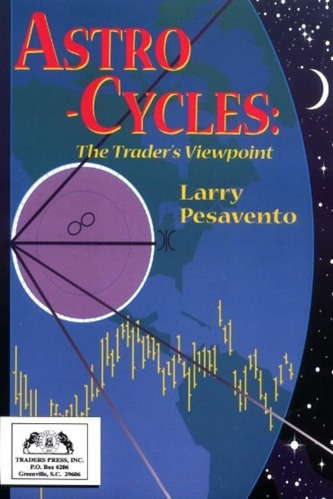
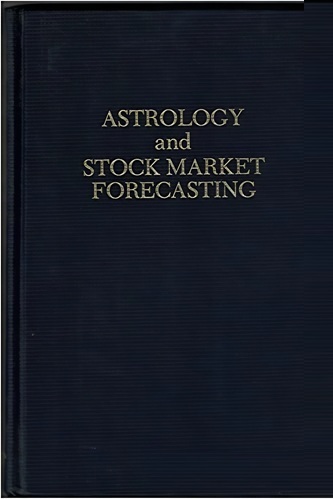
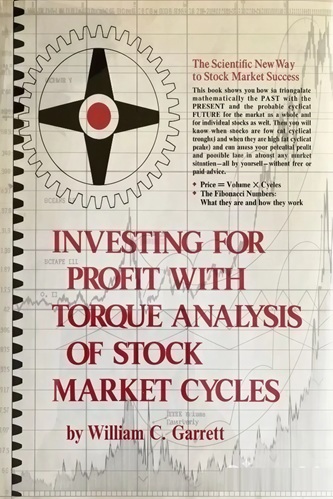

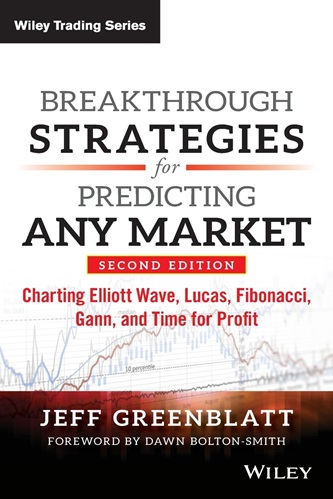

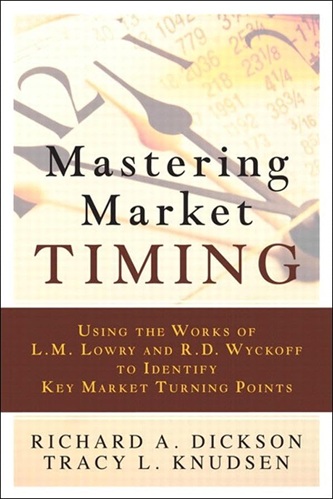
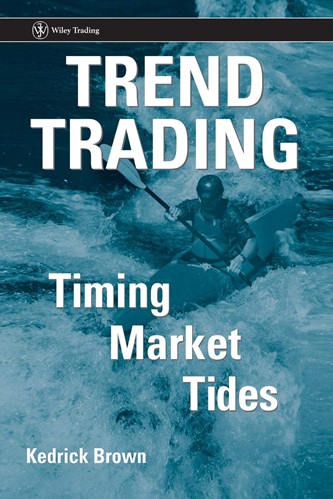
Wallace Bowers (verified owner) –
Having read many many trading books, it is infrequently that I come across one that is not full of the same old repetitive waffle. This is such a book. Slightly costly, but really good. I have found many a gem in it’s pages and I am glad I bought it.
Joey Henson (verified owner) –
Gives in-depth analysis with examples from 1940 US markets to early 2001 . Written in simple understandable language . Paper quality is excellent , shines a bit in artificial light but no issues. Overall reading experience is awsome. Worth buying for every investor and trader.
Clementine Mason (verified owner) –
I find this book very useful, as it gives you a clear and complete vision of the investment universe avalaible to anyone. Deborah explains her investment criteria in real market situations with the social, historical and economic details of every period. A very good point is that she provides tips on where to find the actual data she is using. It’s written at basic level, combining fundamental (through the yield curve) and technical analysis with some cultural indicators. The first one is the backbone of the book. In short, I enjoyed it and it’s global and practical approach.
Shane Villa (verified owner) –
With the ease and clarity of a teacher, Deborah Weir expertly fuses three critical elements investors must use in making more informed buy and sell decisions. By incorporating her insights on market sentiment, the yield curve and cultural indicators, one will strengthen his and/or her future portfolio changes. The ability to be flexible in adding these disciplines will make the difference in your performance. And this book will help make that difference.
Yousef Massey (verified owner) –
I approached this book with an inclination to like it. I’m a firm believer in market timing, and I jumped at the chance to learn some new ideas about using the fixed-income markets to time the stock market. I have to say, though, that I came away from Timing the Market frustrated and disappointed. Here’s why.
Throughout the book, there is a chart detailing various buys and sells that one supposedly could have made using the author’s timing system. However, rather than deriving these buy and sell points systematically, the author seems to choose buy and sell points that would have worked best in retrospect without regard for whether or not they fit into a coherent, replicable system.
For example, in chapter 7 the author adds buy points to her chart right after the waterfall declines in October 1987, September 1998 and September 2001. What is the rule that guides these choices? Apparently, it is that the Fed lowered the fed funds rate at least one-half of one percent after a crash of some kind. This rule is apparently a sufficient but not a necessary condition of buying because numerous other buy points on her chart don’t involve this rule at all. So IF you hadn’t already committed funds because of other rules, you MIGHT have been able to buy then.
Later in the book, on the basis of a breadth-based rule about the Dow 30, the author erases the September 2001 buy signal and records a buy signal for her system on July 19, 2002, near the ultimate bottom of the bear market. This is based on the fact that all 30 Dow Jones Industrial Average stocks declined on the same day. I see IN RETROSPECT why she did this, but how would you have known in September 2001 to wait for the later buy signal? The author does not address these kinds of questions at all, as far as I can tell. As I said, frustrating and disappointing.
There may be value in Ms. Weir’s concepts, but she has far to go if her aim is to develop a rigorous market timing system, in my opinion.
Aubree Ball (verified owner) –
This one’s so interesting it’s a bit scary goes to show you how much study has been done to control the heard, charts on death rates and the economy, birth rates, divorces on and on even how we like women to look during good times and bad.Nothing here on short term trading but the guys your trading against know what color your toothbrush is.And they do want your your childs college money just in case you don’t really realize that yet.To be honest I haven’t finished this yet but I did skim through it It’s a long read ….Good book for presidential cycle holds.Debra is simply amazing what she must know
Brandon Glover (verified owner) –
If your primary investment goal is to invest for the longterm, but you would like to obtain far better results than the outdated and limiting ‘Buy & Hold’ strategy suggested by brokerage firms, then this is a book you should include in your library. While I feel some chapters could have easily been left out (the whole section on Cultural Indicators) Weir nevertheless offers some excellent information and proofs on various market-timing strategies. Frankly, the first section of the book offers the best explanation of the Yield Curve that I have found. Whether you include the yield curve methodology in your own investment strategy or not, it would be worth your while to understand its ability to predict market turns.
This book and Leslie Masonson’s “All ABout Market Timing” are two of the better market-timing books that you should incorporate into your efforts to learn how to increase the returns on your investments through better market timing.
Kason Reyna (verified owner) –
Deborah Weir’s book leads a wary, first time investor through the mysteries of business in a lucid, very helpful way. Finance can be a daunting subject for many of us, but she clears the cobwebs, and for that I am grateful. In this complicated world “Timing the Market is timely indeed. Tina Bishop, mystery author
Rocco Jarvis (verified owner) –
Item was good!!
Alessia McKay (verified owner) –
I’m on my second reading and taking notes. This is the book you want if your interested in which market to be invested in and when. Inside information about the way fund managers think and act. Knowing when to be in stocks, bonds or gold is the most important information one can have when putting your money on the line….Deborah Weir’s book,Timing the Market: How To Profit in the Stock Market Using the Yield Curve, Technical Analysis, and Cultural Indicators, does just that. My advice after being in the financial markets for over 45 years is…don’t invest without this knowledge.
Kinslee Gould (verified owner) –
I strongly recommend this book for every investor. It covers all the major market timing techniques and does a great job in explaining them. The book is comprehensive, well organized, and well explained. There is only one chapter that I really hated –chapter 16 which talks about the relation between trends in woman beauty and the market. This chapter should just be removed from the book; luckily it is only 10 pages long!
Elisa Logan (verified owner) –
I really like the book but after reading it you feel as you don’t know what to do right away on the markets: no strict emphasis on practical trading.
A must buy, waiting for a new hands-on title by Mrs D. Weir, check her great listmania
Luella Fuller (verified owner) –
I’ve read better.
Leona Santiago (verified owner) –
This may be an older book but it is very readable and offer clear explanation of the key knowledge for starting technical trading. 1/10 th macro econ primer, 1/10th history prospective, and 80% useful guides as you start to developed your trading strategy.
Beckham Nielsen (verified owner) –
I purchased this book to learn about yield curve inversions and how to use that information in making decisions on when to exit the stock market. The book meets those two goals and provides a real basis on how to improve market returns by avoiding potentially large losses. The price of the book is a little high. The section on cultural factors such as hemlines and bust sizes did not match well with the main theme of the book. Is it worth $35 to improve stock market returns by a few percent? Duh. Yeah.
Blaine Crawford (verified owner) –
This work provides an excellent, professional grounding for one’s approach to the markets. The theoretical basis for this foundation is ongoing analysis and interpretation of the U. S. treasury yield curve, bond quality spreads, and movements of the federal funds rate. The author’s exposition of the yield curve is the best I’ve seen. She divides her analysis of the yield curve into short-term money market segments, the traditional spread between ten year bonds and three month bills, and longer-term bonds. Each of these segments affords the analyst important information as to the the present and anticipated state of the economy — which determines the earnings expectations that drive markets.
The second section of this book affords a somewhat different take on technical analysis than is usually encountered. The author explains how to use the volatility index (VIX) and the put/call ratio as indications of short-to-intermediate term market turning points. She also indicates how margin debt and short interest levels can be used to reveal long-term market highs and lows.
The third section of the book describes cultural and demographic methods for gauging the market climate. These methods are qualitative only; subject to interpretational error; and questionable in the separation of “fact” from one’s psychological projection. However, used strictly as adjuncts to yield curve analysis and technical indicator confirmation, they can be quite useful as further confirming tools.
The fourth section describes how to use market timing in a profitable, top-down approach to riding the business cycle through rotation from fixed-income investments into equities, then hard assets, foreign currencies, and back into fixed-income instruments. The author details how intelligent asset rotation leads to more favorable portfolio results than does buy-and-hold over the long run.
The market timing model which the author evolves over the course of the book substantially beats a buy-and-hold portfolio and does so while experiencing less volatility. The timing model’s rationality, operations, and results are clearly explained and documented to facilitate a comprehensive understanding of her approach.
This book is well-written. Its thesis is logical; well-developed; and supported with numerous examples, data, and around sixty pages of appendices. I feel that its methodology will help investors understand and identify forces which move markets as well as avoid those traps of crowd psychology which lead to participation in mass buying at market tops and mass selling at bottoms. This work is an interesting, original contribution to the literature of markets!